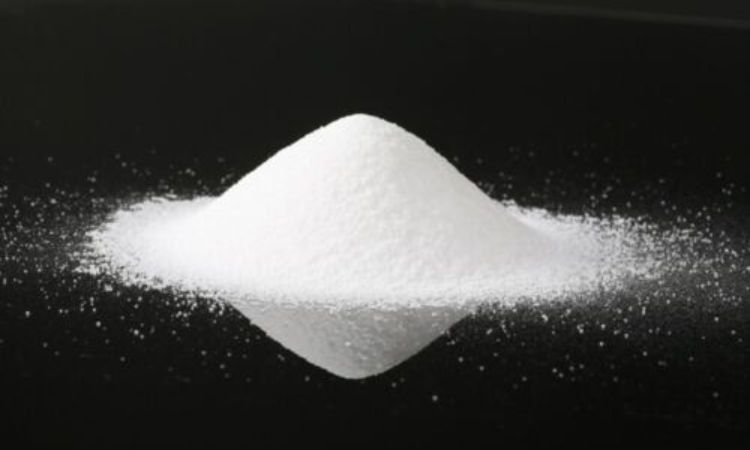The global carbomer market size reached a value of more than USD 798.2 million in 2023. The industry is further expected to grow at a CAGR of 6.54% in the forecast period of 2024-2032 to reach a value of above USD 1167.9 million by 2032. These impressive figures highlight the significant role that carbomers play in various industries, including healthcare and personal hygiene. In the wake of the COVID-19 pandemic, the demand for hand sanitizers and disinfectants has skyrocketed, making it crucial to understand the contributions of carbomers to these products.
In this blog post, we will explore the world of carbomers, their properties, and most importantly, their role in the formulation of hand sanitizers and disinfectants. We will delve into recent developments, market trends, challenges, and the promising future prospects of carbomers in these essential products.I. The Basics of CarbomersBefore we dive into their applications in hand sanitizers and disinfectants, let’s start with the basics of carbomers.A. What are Carbomers?Carbomers are synthetic polymers, primarily derived from acrylic acid. They are highly versatile and find applications in various industries, including pharmaceuticals, cosmetics, and personal care. These polymers are known for their excellent thickening, gelling, and emulsifying properties, which make them indispensable in many formulations.B. Properties and CharacteristicsCarbomers are available in various grades, but they typically share some common properties such as:
High Viscosity: Carbomers can significantly increase the viscosity of a liquid, which is crucial for creating the gel-like consistency required in many products.pH Sensitivity: Their viscosity can vary with changes in pH, which allows formulators to adjust product thickness according to specific requirements.Excellent Stabilizers: Carbomers can stabilize emulsions and suspensions, ensuring that the active ingredients remain evenly distributed in the product.
Topical Gels and Creams: Carbomers are commonly used in pharmaceutical and cosmetic products, such as creams, lotions, and topical gels, due to their thickening properties.Oral Care Products: In toothpaste and mouthwash, carbomers help maintain the desired consistency and stabilize the active ingredients.Ophthalmic Solutions: Carbomers are used to create eye drops with appropriate viscosity and comfort.Hygiene Products: In addition to hand sanitizers and disinfectants, carbomers are also used in shampoos, body washes, and hair styling products.
Improved Application: A gel consistency ensures that the sanitizer remains on the hands long enough for the active ingredients, typically alcohol-based, to effectively kill harmful microorganisms.Reduced Runoff: Thicker formulations are less likely to drip or run off, ensuring that the sanitizer remains on the skin’s surface for a sufficient contact time.Enhanced User Experience: Gels are more pleasant to apply, as they feel less watery and are easier to control during dispensing.
Even Distribution: Carbomers help evenly disperse the active ingredients throughout the formulation, ensuring that each application delivers consistent germ-killing power.Preventing Separation: The thickening action of carbomers prevents the separation of different components in the sanitizer, such as water and alcohol.Longer Shelf Life: A stable formulation with the right viscosity can extend the product’s shelf life, reducing waste and ensuring product effectiveness until the last drop.
Sprays: In disinfectant sprays, carbomers help to create a fine mist that evenly covers surfaces, ensuring thorough disinfection.Wipes: Carbomers can also be incorporated into disinfectant wipes to help maintain moisture and improve the user experience.Foams: Some disinfectant products use carbomers to create foaming action, which can enhance surface coverage.
Improved Surface Adhesion: Disinfectants with carbomers can adhere better to surfaces, increasing their contact time with pathogens and improving effectiveness.Reduced Residue: Carbomers help reduce residue or streaks on surfaces, ensuring a clean and streak-free finish.Enhanced User Experience: The use of carbomers in disinfectants can result in products that are easier to apply and more pleasant to use.
Long-lasting Protection: Formulations that use carbomers have been designed to offer extended protection, reducing the need for frequent reapplication.Skin-friendly Variants: Research has led to the development of carbomer-based sanitizers that are gentler on the skin, addressing concerns about dryness and irritation.
Nanotechnology: Researchers are exploring the use of nanocarriers containing carbomers to improve the controlled release of disinfectant agents.Sustainability: There is a growing focus on developing sustainable carbomer formulations and exploring bio-based alternatives.
E-commerce Sales: The convenience of online shopping has led to a surge in e-commerce sales of hand sanitizers and disinfectants, including those containing carbomers.Clean Labeling: Consumers are becoming more conscious of product ingredients, driving demand for formulations with transparent and clean labels.
Compatibility: Carbomers may not be compatible with certain active ingredients or additives, requiring careful formulation.Cost: High-quality carbomers can be relatively expensive, impacting the overall cost of production.
Advanced Formulations: Continued research and development are expected to lead to even more advanced carbomer formulations, offering improved performance and user experience.Biodegradable Options: The industry is likely to see the emergence of more biodegradable carbomers, addressing sustainability concerns.Customized Solutions: Formulators will have access to a broader range of carbomer grades to tailor their formulations to specific needs.
